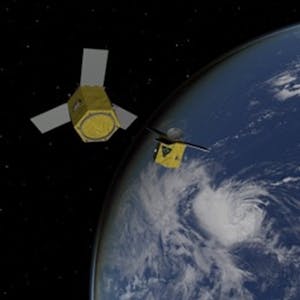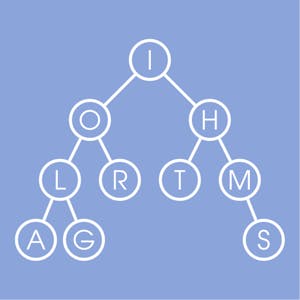Spacecraft Formation Relative Orbits
About this Specialization
This specialization studies spacecraft relative orbits. This is of interest to mission scenarios including rendezvous and docking, inspection circumnavigation trajectories, on orbit assembly, space debris mitigation, or interferometric science applications in space. It assumes the learner has already had a complete course on orbital mechanics of a single spacecraft including solutions to the 2-body problem, solving time of flight problems, and understanding J2-perturbations on a spacecraft, as well as how to develop relative orbit feedback control solutions. The specialization is of interest to researchers who need to learn the fundamentals of deriving relative equations of motion about circular, elliptical or even hyperbolic reference orbits. Both nonlinear and linearized relative orbit descriptions are explored and compared, including curvilinear Cartesian coordinates and orbit element differences. Analytical relative motion solutions are developed to understand fundamental relative motion prototypes. Next, the impact of the J2 perturbation is explored for the relative motion, including how to develop J2-invariant relative orbits. Finally, nonlinear relative motion feedback control laws are developed to actively control the relative motion. The specialization targets learners interested in rendezvous and docking, orbital servicing, or developing relative orbit missions.Created by: University of Colorado Boulder

Related Online Courses
This specialization provides a comprehensive introduction to Python programming, covering foundational concepts like flow control, functions, and built-in data structures such as lists, tuples,... more
Data Engineering in AWS is the first course in the AWS Certified Machine Learning Specialty specialization. This course helps learners to analyze various data gathering techniques. They will also... more
In a continuously changing business landscape, brands hold more significance than ever before. As consumers become increasingly discerning, and societal values continuously evolve, understanding... more
A good algorithm usually comes together with a set of good data structures that allow the algorithm to manipulate the data efficiently. In this online course, we consider the common data structures... more
\"Be you so high, the law is above you.\" This principle, part of the Rule of Law, has come to represent the powerful idea that even politicians and monarchs are bound by the law. However in an age... more








